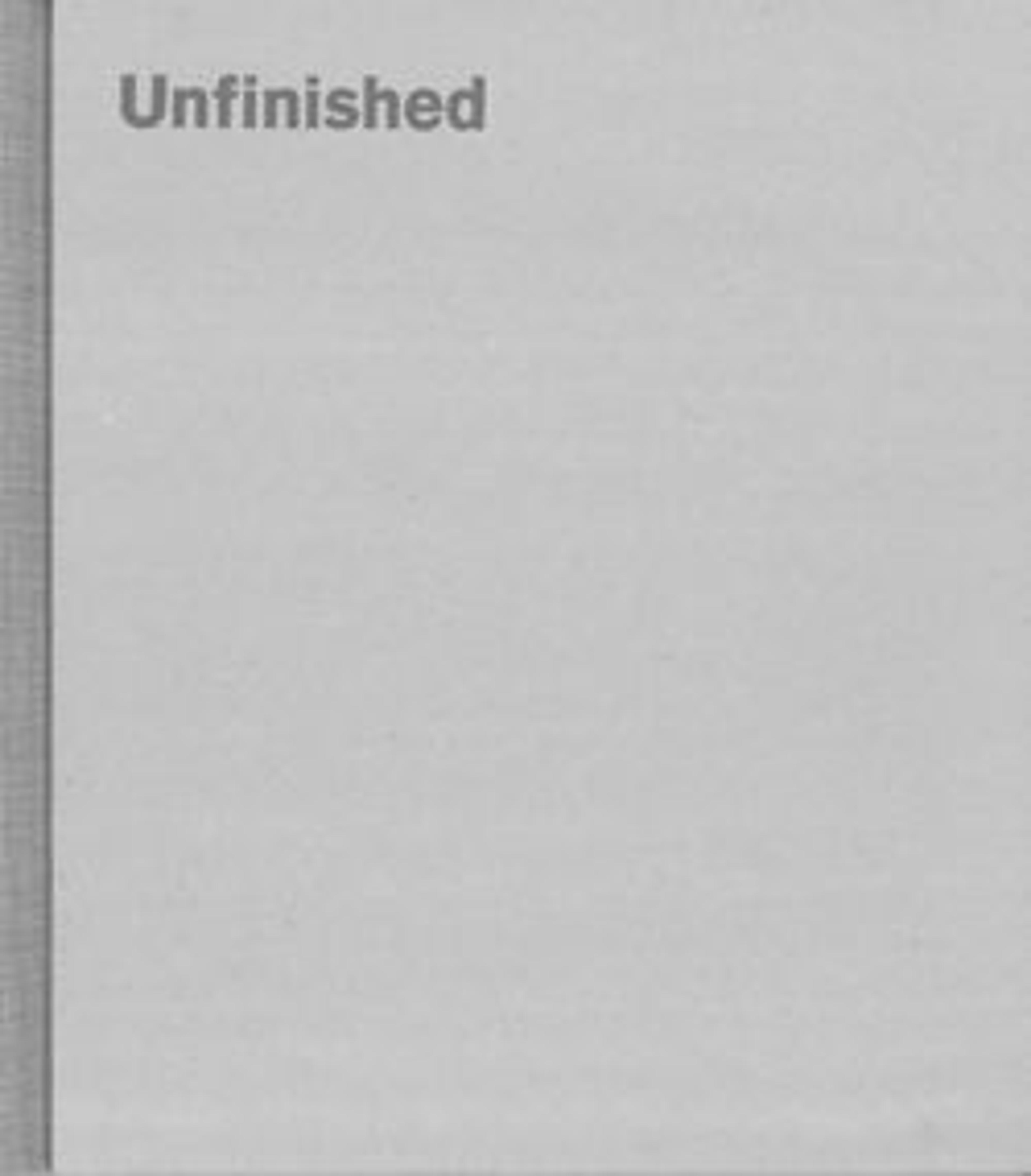That is Right
Throughout his career, Ruscha has made language, specifically, the ways in which words function and appear in various forms and contexts, the ostensible subject of his art. Regarding the way the words in his art often straddle the realms of the visual and the linguistic, particularly when they are both the subject and title of a piece, Ruscha has declared, "I like the idea of a word becoming a picture, almost leaving its body, then coming back and becoming a word again." The words in Ruscha’s art come from myriad sources, including verbal utterances and declarations, signage and advertisements, puns, and visual descriptions. Because the words are decontextualized, the viewer is able to examine the transition from aural to visual and the formal properties of the letters themselves as well. These working proofs show Ruscha’s instructions to his longtime collaborator, the master printer Ed Hamilton, written in graphite below the images. Notations, which indicate the artist’s dissatisfaction, contrast with the titles of the lithographs—That Is Right, Actual, Correct, Definite, Certain, Positive, Sure, True, Precise, Accurate, Exact, and Final—which, although it was likely not Ruscha’s intention, evoke a finished print, that is, one that has met the artist’s approval and can be issued in a signed and numbered edition. The markings written on the lower left side of the paper, however, interrupt the narrative implied by the titles, revealing instead the artist’s candid thoughts as he reviewed proofs and a variety of slight but necessary modifications required before the prints could be editioned. When compared to the final proofs, which are either labeled B.A.T (from the French bon à tirer or "good to print," signaling the artist has approved a proof, which is then to be used as the reference for printing the edition) or A.P. ("artist’s proof," an impression of the final print outside the numbered edition reserved for the artist) and signed with the artist’s initials in the lower right corner, one sees small adjustments Ruscha and Hamilton made to such things as the tone and the size of the letters.
Artwork Details
- Title:That is Right
- Artist:Edward Ruscha (American, born Omaha, Nebraska, 1937)
- Printer:Printed by Ed Hamilton (American, born 1941)
- Publisher:Published by Edward Ruscha (American, born Omaha, Nebraska, 1937)
- Date:1989
- Medium:16 lithographs; 11 B.A.T. proofs and one A.P. from the portfolio of 12 and 4 prints with notations
- Dimensions:9 x 11 inches each ( 22.9 x 27.9 cm)
- Classification:Portfolios
- Credit Line:John B. Turner Fund, 2007
- Object Number:2007.279a–q
- Rights and Reproduction:© Edward Ruscha
- Curatorial Department: Drawings and Prints
More Artwork
Research Resources
The Met provides unparalleled resources for research and welcomes an international community of students and scholars. The Met's Open Access API is where creators and researchers can connect to the The Met collection. Open Access data and public domain images are available for unrestricted commercial and noncommercial use without permission or fee.
To request images under copyright and other restrictions, please use this Image Request form.
Feedback
We continue to research and examine historical and cultural context for objects in The Met collection. If you have comments or questions about this object record, please contact us using the form below. The Museum looks forward to receiving your comments.
